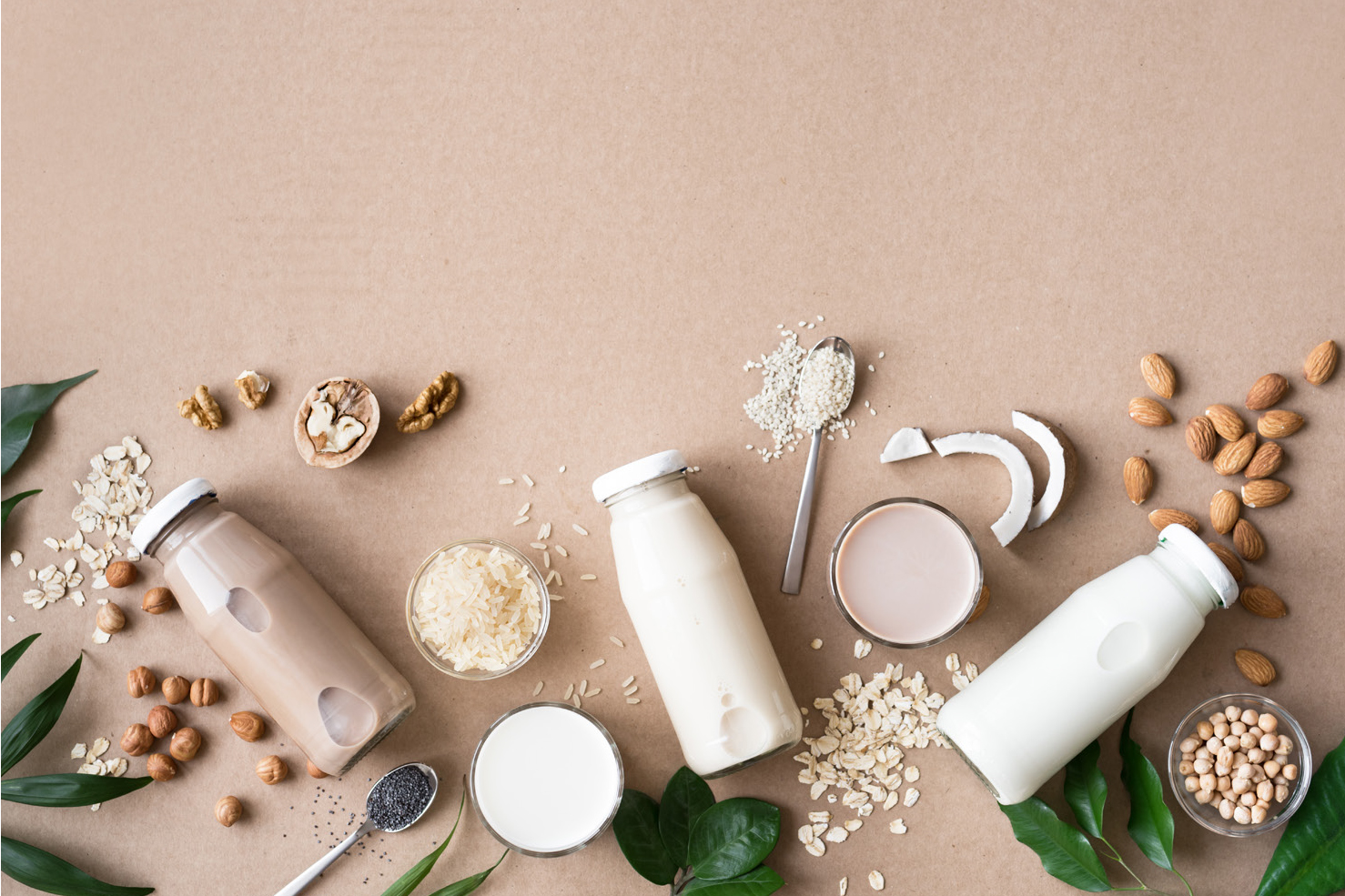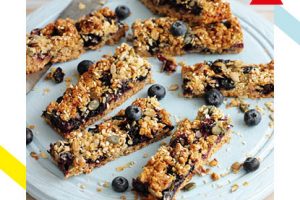The alternative milks you should (and shouldn’t) add to your coffee

Whether you’re a fully committed vegan or just want to cut down your use of animal products for ethical, environmental and/or health reasons, there’s no shortage of plant-based milks to pop in your morning cuppa. In fact there’s so many, it’s a bit of a minefield – we’re not just talking good ol’ oat or soya milks, there’s even, yup you read right, potato milk to stick in your Americano these days.
For this week’s World Plant Milk Day (22 August), we bring you the lowdown on the most popular faux-milk options…
COCONUT
While coconut milk has the highest fat content of any of the alternative milks, that’s precisely what makes it the creamiest option on the market. If you’re looking to impress your friends with your latte art, this is the milk to use–others are too watery to properly foam up, but with coconut milk, you’ll be a barista in no time.
ALMOND
Almond milk is by far one of the most popular alternatives on our supermarket shelves, with most coffee shops now offering it too. Although it doesn’t foam well, it does froth. To avoid the dreaded curdling, be sure not to pour ice cold milk into hot coffee–or just switch to iced coffee, where it blends easily.
HAZELNUT
Just like almond milk, hazelnut milk blends well in iced coffee. However, while hazelnut milk is creamier, it also has a stronger, nuttier taste. It foams well, but if you’re not partial to hazelnuts, this likely isn’t the milk for you.
OAT
Oat milk has full-bodied flavour and high fibre content. If you have the patience to foam it, the payoff is great – thick, creamy and the perfect base for a few dashes of cinnamon.
PEA
Low-fat and relatively high in protein, with 8g per serving. Time will tell if it’s a viable option to the better known alternative milks, but it does have a creamy texture, perfect if you’re partial to a latte, and its protein levels are not to be sneered at.
POTATO
The latest plant milk sensation, we can’t help but think of drinking the starchy stuff that’s left behind when we’ve made mash, but it’s not that at all. Potato milk claims to be super versatile and work for cooking, drinking and even frothing on your coffee. Unlike so many other plant milks, it’s free of common allergens, and is far more sustainable than oat or almond milk.
SOYA
One of the closest substitutes for cow’s milk around, so if you’re going to foam an alternative milk for the first time, this is a pretty safe bet.
However, if you have a thyroid condition, it’s best to skip soya. Soy can potentially counteract the effects of synthetic thyroid hormones, affecting both hypo- and hyperthyroid patients.
RICE
Honestly, don’t even try to foam rice milk unless you’re up for an incredible challenge. While it blends easily in iced coffee, it doesn’t blend well in hot beverages. If you’re set on using rice milk in your coffee, try a blend of rice and coconut milk, or just try another nut-free option.
QUINOA
This one might be a step too far for anyone but the truly devoted alternative milk guru, as there are no commercial quinoa milks available – but there are plenty of recipes for how to make your own. It tastes slightly sweet and nutty, and is gluten free and high in protein.
HEMP
If you’re not a barista or a daring homemaker, leave hemp milk to the professionals. However, if you’re ready for a nut-free, dairy-free challenge, then feel free to try mixing hemp milk into your coffee. It’s thin, similar to rice milk, but has the capacity to foam due to its medium protein content.
CASHEW
Sweeter than almond milk and creamier than hazelnut milk, it’s a good middle ground for those who like nut milk in their coffee. If you’re not partial to the slightly bitter taste of almond milk, then definitely give this a go, but remember: like most plant-based milks, it has the potential to curdle, so pay attention to the temperature of your drink.








